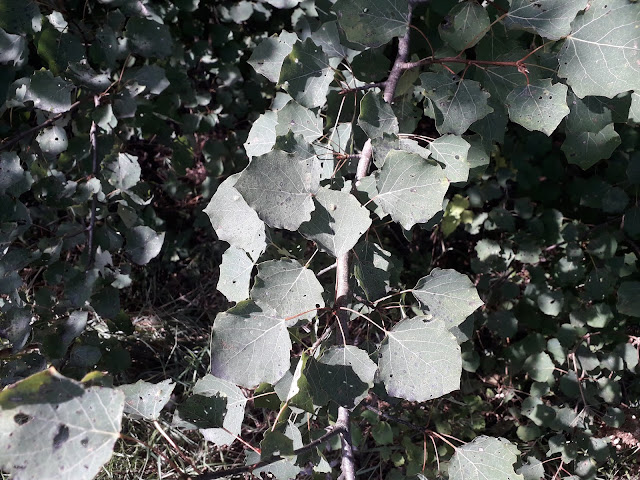Now this is a mirid bug, but as I am not an expert b*gger I'm not totally confident which species.
It is a predatory bug, hunting and eating other insects, or rather sucking them dry with its rostrum or hyperdermic syringe carried under the abdomen.. I'm afraid the shadows make it look as if it has 9 or 10 legs but no it has the usual six for an insect
Like the shield bugs it is heteropteran with wings that overlap at the rear and some pretty impressive antennae.
I think it may be Campyloneura virgula but my Latin is not up to translating that. Anyway, it's a bit too dark in colour. Any advice welcome.

















































